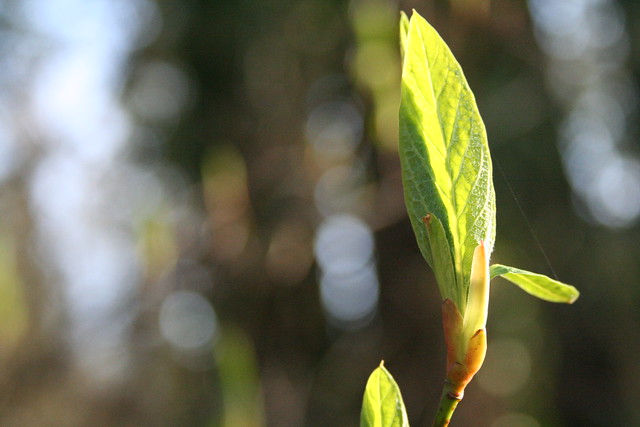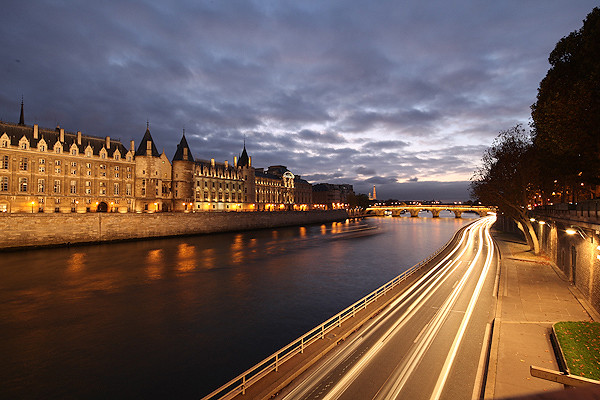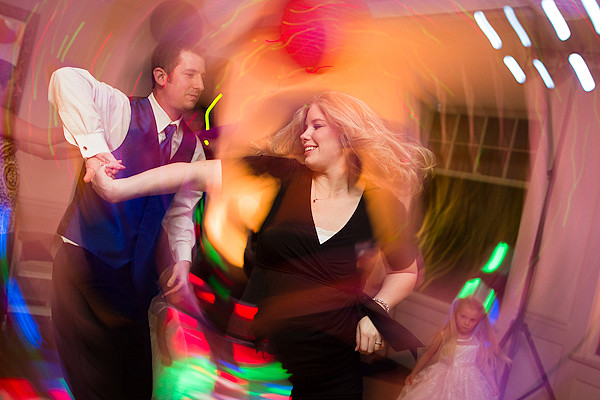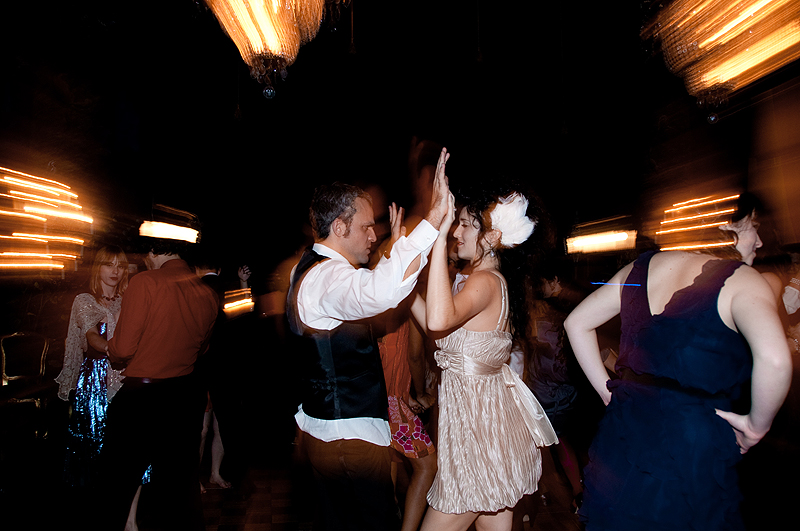shawna had a great photo this week that demonstrates bokeh:

if you don't have a prime lens, you can do the alternate challenge which is a "long exposure," - or maybe i should have rephrased it to be "motion blur." a long exposure can certainly help you take a properly exposed image in dark situations with static objects, but if you add an element of movement to the image it can create a cool effect - like the fluidity of a waterfall, the movement of car lights at night, etc. It will help to have a tripod or some sort of flat surface to rest the camera on - I never carry a tripod around with me, but I took this shot resting the camera on a ledge.

here is some information on how to capture motion blur, including slowing down your shutter speed, stabilizing your camera on a tripod or on a table, choosing shutter priority mode (either "S" or "Tv" on your camera) or manual mode ("M"). It is obvious that darkness will allow you to take slower shots, but if you want to do a long exposure in the daylight, you can decrease your ISO to 100 and increase your f-stop to f/16 or higher to create a small aperture.
You can also experiment with a slow sync flash which will freeze your subject with the fire of the flash, but create a ghosting effect with a longer shutter speed if a) you shake the camera around b) you twist the camera quickly in a circle c) you zoom in or out d) the subject itself moves. In theory slow sync flash effects will work better with an off-camera flash, but it can be done with the flash on your camera, too.
here is an example of a) shake the camera around:

here is an example of b)you twist the camera quickly in a circle as you depress the shutter button:

here is an example of c) zooming in or out:

you can also pan the camera along with the object that is moving - you can do this by physically moving your body with the motion of the object (this will be familiar if you think of photos of car ads - the car is clear, but the road is often blurry)
there are some really fantastic examples of motion blur here - one of them is done without any special camera settings but just on perhaps something like a merry go round in the photo of the teddy bear
No comments:
Post a Comment